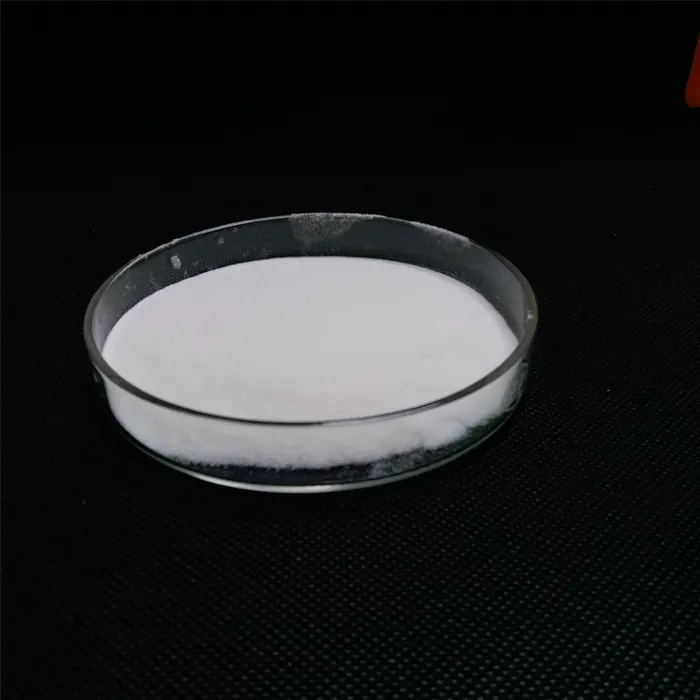Chemicals Used in Effluent Treatment Plants (ETP)
Effluent Treatment Plants (ETP) play a crucial role in managing industrial waste and maintaining environmental integrity. The primary objective of an ETP is to treat wastewater generated from various industrial processes before it is discharged into natural water bodies or municipal sewers. The treatment process typically involves several stages, each utilizing specific chemicals to facilitate the removal of pollutants and harmful substances from the wastewater. Understanding the types of chemicals used in ETPs is essential for both effective wastewater treatment and the mitigation of environmental impact.
Coagulants and Flocculants
One of the primary steps in effluent treatment is the removal of suspended solids and colloidal particles. This is often achieved through the use of coagulants and flocculants. Coagulants, such as aluminum sulfate (Al2(SO4)3), ferric chloride (FeCl3), and polyaluminum chloride (PAC), are chemicals that neutralize the electric charges of suspended particles, causing them to aggregate into larger clusters known as flocs.
Flocculants, often polymers, are added to further assist in binding these flocs together, allowing for their easier removal during sedimentation. Commonly used flocculants include polyacrylamide and cationic starch. The combined use of coagulants and flocculants enhances the efficiency of solid-liquid separation processes in ETPs.
pH Adjusters
The pH level of wastewater is a significant factor influencing the effectiveness of chemical treatments. Many contaminants require specific pH conditions for optimal removal. Consequently, pH adjusters such as sulfuric acid (H2SO4), hydrochloric acid (HCl), sodium hydroxide (NaOH), and lime (Ca(OH)2) are commonly used to either lower or raise the pH levels of the treatment solution. These adjustments help facilitate reactions that lead to the degradation or precipitation of contaminants, thereby improving overall treatment efficacy.
Oxidizing Agents
Oxidizing agents are crucial in breaking down organic pollutants and pathogens within wastewater. Chemicals such as chlorine (Cl2), sodium hypochlorite (NaOCl), and hydrogen peroxide (H2O2) are employed to oxidize organic substances, rendering them less harmful. Chlorination is a common disinfection method used to kill bacteria and viruses present in effluents. However, careful control is necessary to avoid the formation of harmful chlorinated by-products.
what are the chemicals used in etp

Defoamers and Antifoams
During wastewater treatment, excessive foam can hinder processes such as sedimentation and filtration. Defoamers and antifoams, such as silicone-based compounds, are utilized to reduce foam formation. These agents work by disrupting the structure of the foam, promoting its collapse, and ensuring a smoother operation of the treatment plant.
Biocides
Biocides are chemical agents used to control biological growth in treatment systems, preventing the clogging of filters and the fouling of equipment and pipes. Commonly used biocides include quaternary ammonium compounds and glutaraldehyde. The use of biocides is essential for maintaining optimal biological activity within aerobic treatment processes, ensuring effective biodegradation of organic matter.
Nutrients
In biological wastewater treatment processes, particularly those involving activated sludge systems, the addition of nutrients is vital for the growth and reproduction of microorganisms. Nitrogen and phosphorus compounds, such as ammonium sulfate ((NH4)2SO4) and potassium phosphate (K3PO4), are commonly added to support microbial activity, enhancing the breakdown of organic pollutants.
Conclusion
The chemicals used in Effluent Treatment Plants play an essential role in achieving the treatment goals set for wastewater management. From coagulants and flocculants that facilitate solid removal to disinfectants ensuring pathogen eradication, each chemical contributes to a series of processes designed to protect the environment and public health. As regulations around wastewater discharge become more stringent, the careful selection and application of these chemicals will be increasingly crucial in the sustainable management of industrial effluents. Understanding their roles and impacts also offers insights into future innovations in wastewater treatment technologies, promoting a cleaner and more sustainable environment.

